#jlpt n1
Text
The 6 Differences Between は and が
DIFFERENCE 1
The important fact is AFTER は
• この犬は私のベットです。This dog is my pet.
You want to emphasize that this is not a stray dog. It is not someone else's pet dog. It is MY PET. So anything comes after は is the main part you want the listener to pay attention to.
The important fact is BEFORE が
• この犬が私のベットです。This dog is my pet.
You want to emphasize that THIS IS THE DOG that is my pet. Not other dogs. Imagine you're at a park and there are 3, 4 other dogs playing together with your dog and you want to tell your friend that THIS DOG is the one that is your pet dog, other dogs are not yours. So, what comes before が is the main part you want to tell the listener.
More examples:
• このケーキはおいしいです。This cake is DELICIOUS! (You want to tell your friend that this cake is indeed very good. Your emphasis falls on おいしい, so you use は, because the important fact is AFTER は.
• このケーキがおいしいです。THIS CAKE is delicious. (You want to tell your friend that among all the cakes on the buffet table, this particular cake you are pointing to is the most delicious one. Others are not good.) Your emphasis falls on このケーキ (THIS CAKE), so you use が, because the important fact is BEFORE が.
DIFFERENCE 2
New information and things that you mention for the first time, use が. Old information or topics that have been mentioned earlier but is now repeated again, use は.
• 学校にマイクという男がいます。There is boy named Mike in my school.
You started the conversation with your friend by saying there's a new student named Mike in the school. That is the first time you mentioned Mike. It is new information, therefore use が.
• マイクはアメリカ出身です。Mike is from America.
You mention Mike the 2nd time now and it is no longer a new information. It is considered old information, therefore use は.
DIFFERENCE 3
Stating facts without adding your personal opinion or judgment use が. By adding your own opinion or judgment, use は.
• 外に猫がいます。There is a cat outside.
You are just merely stating a fact that there is a cat outside. This sentence doesn't include your description about the cat. No personal opinion or judgment about the cat.
• あの猫は白いです。The cat is white in colour.
You are putting your description, your judgment into the sentence about the cat. When you are adding your own thoughts, opinion, description about something, use は.
• 日本の料理はおいしいです。Japanese food is tasty.
You are putting your opinion/judgment about Japanese food in your sentence, therefore, use は.
DIFFERENCE 4
When you make comparison, use は. When you eliminate other options, use が.
• お茶は好きですが、コーヒーは好きじゃありません。I like tea but I don't like coffee.
DIFFERENCE 5
If two actions are done by the same person, use は. If two actions are done by two different persons, use が first, then use は for the second action.
• 私はごはんを食べるとき、テレビを見ます。I have my meal and I am watching TV.
• 私がごはんを食べるとき、父はテレビを見ます。When I have my meal, my father watches TV.
DIFFERENCE 6
To modify a phrase into a noun, use が.
• これは彼女が作ってくれたケーキです。
What cake is this? This is the cake that is baked by my girlfriend. The phrase 「彼女が作ってくれた」 is to modify the cake, to describe about the cake.
Quiz Time
• 部屋は広いです。
• 部屋が広いです。
In English, both sentences mean "The room is spacious." But what is the difference?
In 部屋は広いです, it shows a comparison contrast nuance (read DIFFERENCE 4). If you say this, the listener will believe that you are making a comparison of this room with all the other rooms in the house. You want to say this room is spacious, whereas the other rooms are smaller in size.
In 部屋が広いです, you are merely stating a general fact about this room being spacious (read DIFFERENCE 3). You are not making any comparison. Your sentence has no added personal judgement or opinion. You are stating a fact about the room being spacious.
#japanese#nihongo#studyblr#study blog#study japanese#study motivation#learning#learn japanese#language#grammar#jlpt#jlpt n5#jlpt n4#jlpt n3#jlpt n2#jlpt n1
157 notes
·
View notes
Text
身の回りにある金属
銀(ぎん)silver (Ag)

アルミニウム aluminum (Al)

金(きん)gold (Au)

銅(どう)copper (Cu)

鉄(てつ)iron (Fe)

水銀(すいぎん)mercury (Hg)
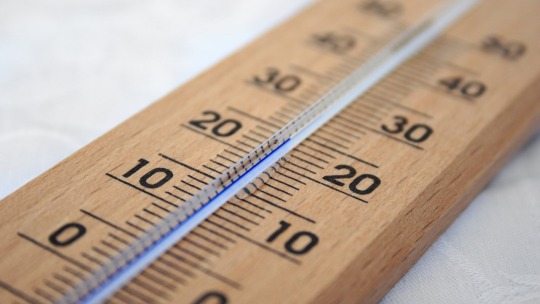
ニッケル nickel (Ni)

鉛(なまり)lead (Pb)
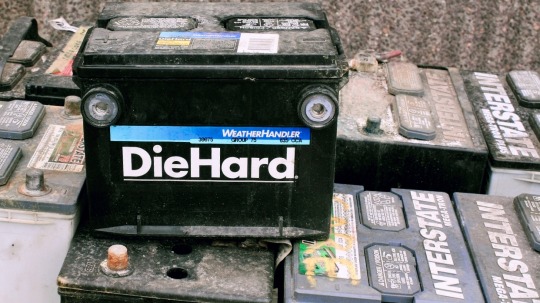
プラチナ・白金(はっきん)platinum (Pt)

錫(すず)tin (Sn)

チタン titanium (Ti)

#語彙リスト#japanese langblr#langblr#studyblr#study motivation#learning japanese#study japanese#japanese studyblr#japanese studyspo#japanese vocabulary#vocabulary list#japan#japanese#japanese language#日本語#日本語の勉強#jlpt n2#jlpt n1#study blog#studyspo#study aesthetic#metal
182 notes
·
View notes
Text

Mini book haul (and there is more I will share in my next YouTube video ✨)
After so many years I am finally at this level ⭐
50 notes
·
View notes
Text
• 披露宴 「ひろうえん」 - reception (e.g. wedding), banquet, celebration, party
• 露呈 「ろてい」 - exposure, disclosure
• 露見, 露顕 「ろけん」 - discovery (of a plot, misdeed, etc.), detection, exposure, disclosure
• 露骨 「ろこつ」 - 1. open, unconcealed, undisguised, blatant, plain, frank 2. broad, lewd, indecent, crude
• 暴露 「ばくろ」 - disclosure, exposure, revelation
• 露 「つゆ」 - 1. dew2. tears
• 披露 「ひろう」 - announcement, presentation, demonstration, displaying, showing, introducing, exhibiting, unveiling, revealing, showcasing, performing, giving a rendition
• 露店 「ろてん」 - street stall, stand, booth
• 露出 「ろしゅつ」 - exposure, laying bare, baring (e.g. skin)
#japanese#langblr#japanese vocabulary#language blog#kanji#japanese kanji study by chase colburn#step-by-step kanji#japanese language#japanese vocab#jlpt n1
59 notes
·
View notes
Text
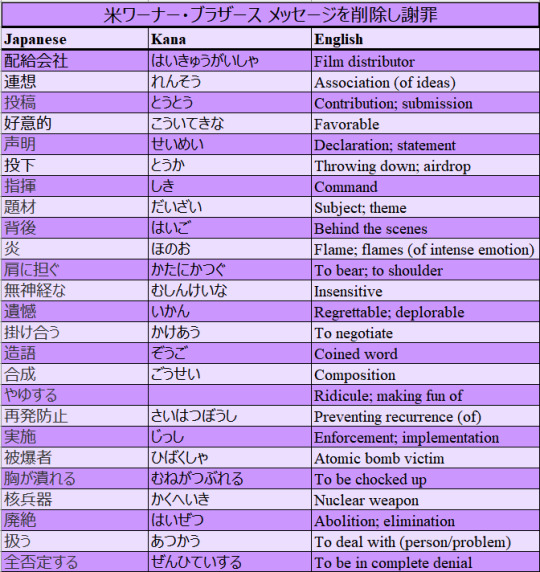
米ワーナー・ブラザース メッセージを削除し謝罪
You can check out the article above. Apparently Warner Bros. Japanese branch had to make a complaint about its American branch for insensitive memes over Barbenheimer. I think that's pretty sad they even had to do that.
#efurutravel#japanese studyblr#japanese study#japanese langblr#studyblr#langblr#learn japanese#japanese#jlpt n1#barbenheimer
92 notes
·
View notes
Text
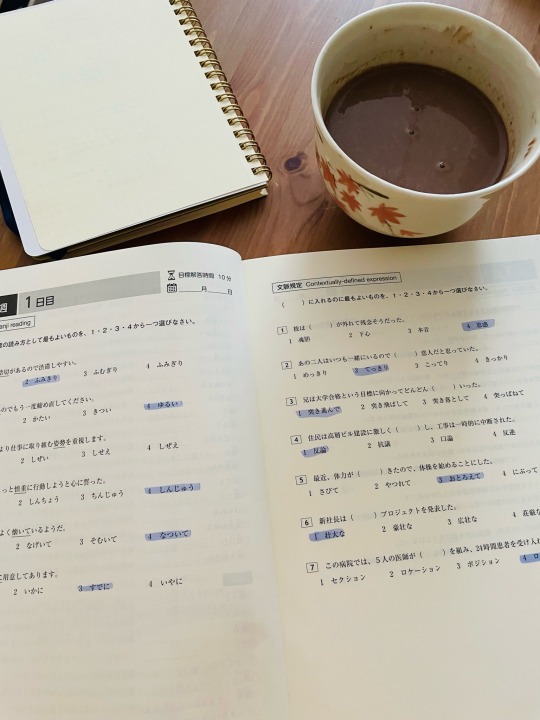
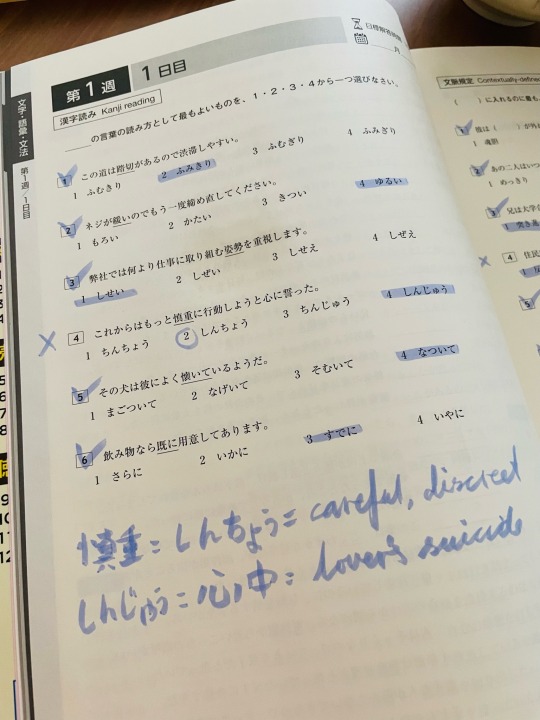
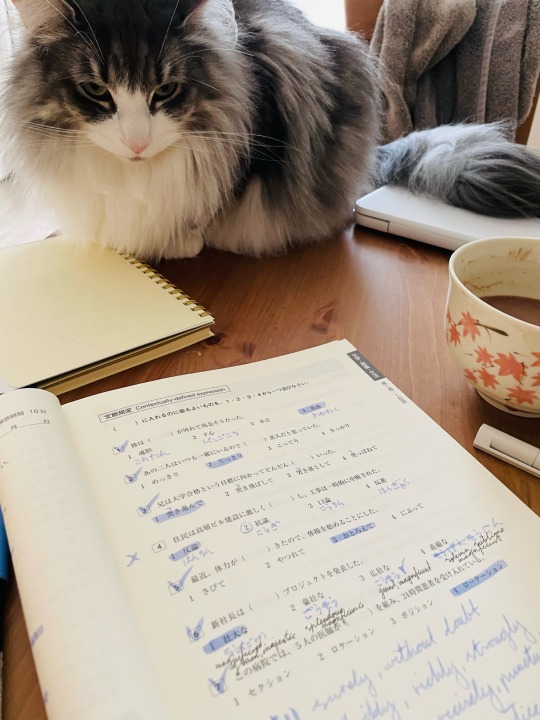


私の字はあまり綺麗じゃないけど、しょうがない。
#japanese#studyblr#langblr#japanese studyblr#japanese langblr#study#japaneseblr#japanese study#勉強#日本語#japanese language#日本語勉強#jlpt#cat#jlpt n1
144 notes
·
View notes
Text
Where to begin when reading native novels to work on reading comprehension?
So, you've made it to the point where you'd like to branch out and read some novels and children's books in Japanese? Then you've come to the right place! Let's talk about three helpful publishers (Kodansha, Kadokawa, and Shueisha) that can make reading native materials less daunting!
The Kodansha Aoitori Bunko Books (青い鳥文庫) were created and published by Kodansha with elementary schoolers in mind, so almost all kanji has furigana on it. The text is larger and there's normally a bit more spacing in between it (like our children's chapter books in English). Just like other children's chapter books, there are occasional photos included. Aoitori Readers include both original series as well as some translations of international literature (i.e., Little Women, Murder on the Orient Express, Sherlock Holmes, etc.). There are also some adaptations of other series はたらく細胞 (Cells at Work) Those books have blue around the cover.

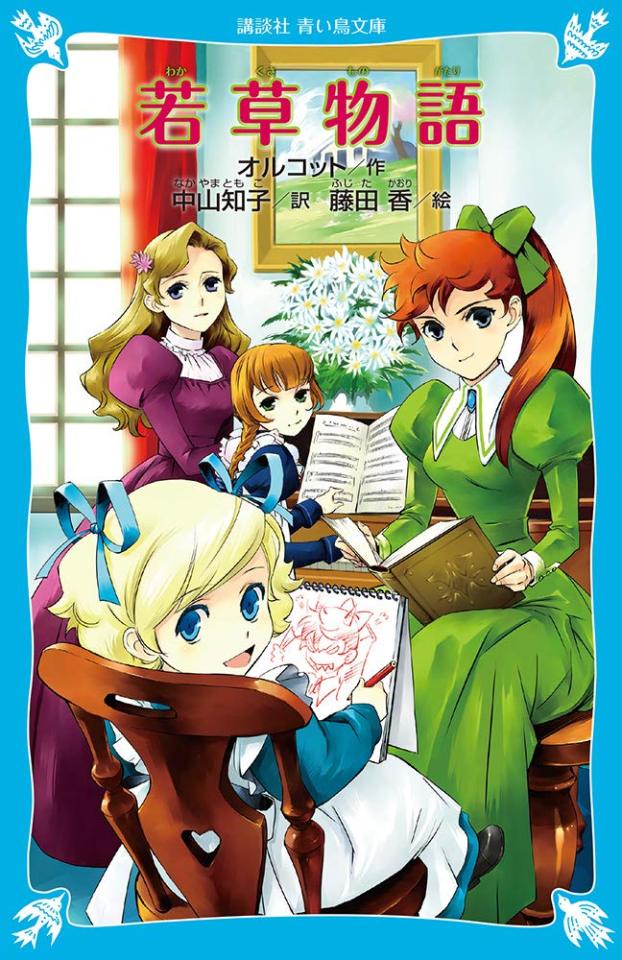
The Kadokawa Tsubasa Bunko Readers (角川つばさ文庫) operate on the same concept, except the series are normally on a more advanced level. With this in mind, they may use more advanced grammar than the Aoitori series. There are original series, but sometimes books/series for a higher comprehension levels will be adapted into Tsubasa Bunko Readers. This includes popular Japanese novels and series as well as international classics (i.e., Chronicles of Narnia, Pippi Longstocking, Anne of Green Gables, etc.). For adaptations of Japanese novels and series, there will be the "regular" version of the novel and then the Tsubasa Bunko version bc it's the same kanji, same grammar, same words. It'll also supply the furigana for those kanjis and might give little annotations or some photos here and there. For example, the award-winning novel 夜は短し歩けよ乙女 (The Night is Short, Walk on Girl) by 森見 登美彦 (Morimi Tomihiko) has both the "regular" publication and the Tsubasa Bunko version. Tsubasa Bunko Readers have green around the cover. Click on the links to get a preview of each version to compare and contrast.
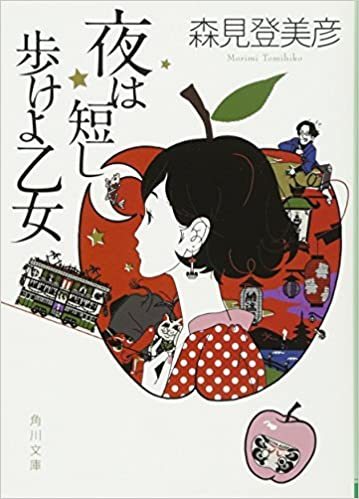

The Shueisha Mirai Bunko Books also operates the same. There are adaptations of manga series (like Kaguya-sama: Love is War and Demon Slayer) as well as original series. Mirai Bunko Readers have orange around the cover.


If you're worried about attempting to read any of these on your own, come suggest some of them for us to read together at the Seitokai Bookclub! (And even if it doesn't get selected immediately, someone might be interested in being a reading buddy with you :D).
Happy reading!
#onigiri thoughts#aoitori readers#tsubasa bunko readers#seitokai bookclub#japanese#japanese reading comprehension#mine#mirai readers#reading resources#looktoki#jpnstudynet#jlpt#japanese reading#jlpt n1#jlpt n3#jlpt n2#jlpt n4#jlpt n5#vocab#jlpt grammar#jlpt reading#jlpt studying#nihongo#learn japanese#kodansha#kadokawa#shueisha
418 notes
·
View notes
Text
What a mental breakdown over the holidays look like:

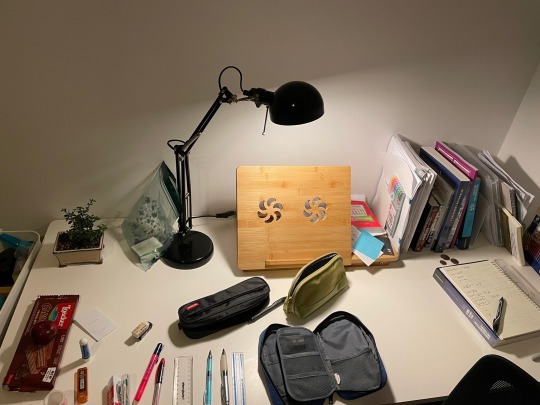
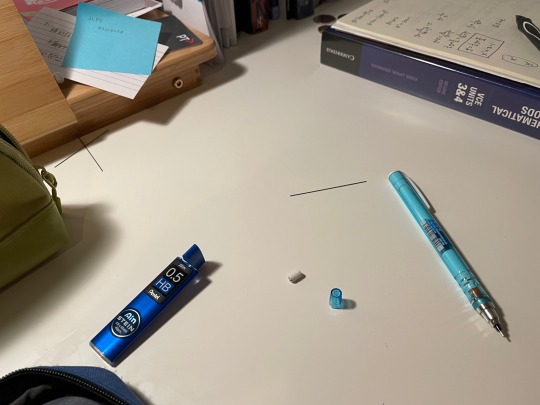

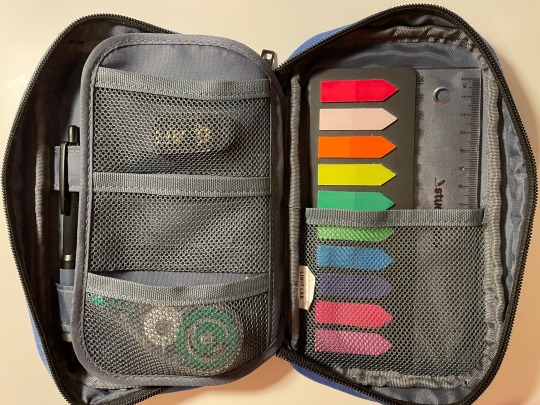


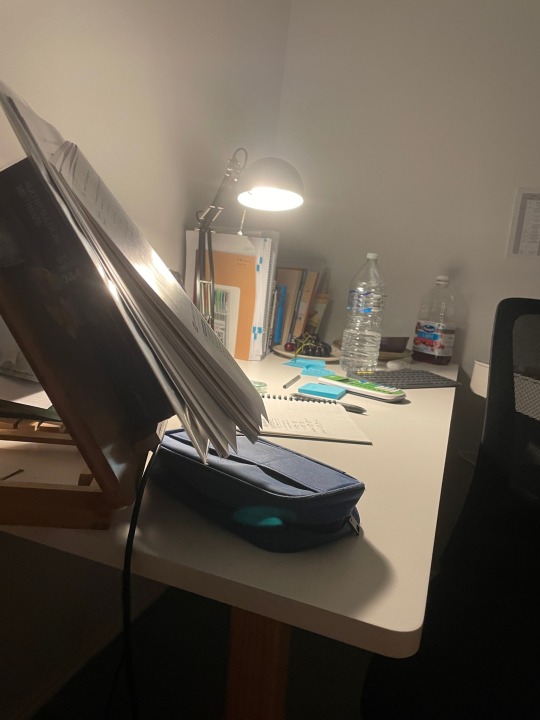
#student#studyblr#vce#study math#mathblr#australia#mathcore#algebra#calculus#languages#japanese#jlpt n1
20 notes
·
View notes
Text

In 2023, I started working full time and thus had less time to read compared to 2022. In addition, I also started preparing for the JLPT N1 and tried to read novels in Japanese that would challenge my reading comprehension accordingly as well.
These are my top 5 Japanese novels of 2023:
5. 余命10年 by 小坂 流加
4. カラフル by 森 絵都
3. ちょっと今から仕事やめてくる by 北川 恵海
2. 少年探偵団 by 江戸川 乱歩
1. 告白 by 湊 かなえ
You can read the full post about my 2023 novels here:
I also joined Tumblr in 2023 and am really happy to have found the Japanese langblr community! Since a lot of what I’m reading comes through recommendations I’m super grateful to have a community again to share resources and reviews with. Thanks for all the great books I was able to read along with you guys!
#my book reviews#reading in japanese#intermediate to advanced Japanese#japanese contemporary fiction#japanese books#Japanese language#Japanese literature#JLPT N1#JLPT N2#JLPT N3#mystery#N1#N2#N3#japanese novel#study japanese#learning japanese
13 notes
·
View notes
Text

The action introduced before かたわら is the more emphasized action. The action that follows afterwards is more of an “addition” (in addition).
The two activities are performed at different times and are used for activities that last longer than “while”.
母は家事のかたわら、近所に住む子供たちに英語を教えている。
はは は かじ の かたわら、きんじょ に すむ こどもたち に えいご を おしえている。
In addition to doing the housework, my mother also teaches English to the neighborhood kids.
ジョンさんは英会話の学校で務めるかたわら、土曜日は日本語学校で日本語を学んでいる。
ジョンさん は えいかいわ の がっこう で つとめる かたわら、どようび は にほんご がっこう で にほんご を まなんでいる。
While working as an English conversation school teacher, John learns Japanese at a Japanese language school on Saturdays.
この小説家は執筆のかたわら、趣味でピアノを弾いている。
この しょうせつか は しっぴつ の かたわら、しゅみ で ピアノ を ひいている。
While writing professionally, this novelist also plays the piano as a hobby.
Source: JLPTsensei
#日本語#japanese#japanese language#japanese langblr#japanese studyblr#langblr#studyblr#文法#japanese grammar#jlpt n1#かたわら
60 notes
·
View notes
Photo

You can batch download JTest4You’s infographics HERE.
144 notes
·
View notes
Text
The Difference Between に and へ
Most of the beginner textbooks will teach learners that に is used for destination and へ is used for direction but there are some explanation that are missing and that is what confusing to many learners.
• 公園に行きます。
• 公園へ行きます。
Both sentences are correct. Both means "I'm going to the park".
But... there is a slight nuance difference. When you use に, you put the destination (which is the park) as the main thing you want the listener to know that the place you want to go is the park. The final destination you will arrive at is the park.
On the other hand, if you use へ, you want the listener to feel that you are making a move, you are making a journey, a process, an effort to go to the park. In other words, へ somehow emphasize on your journey to a place.
Let's say you're flying from UK all the way to Australia, that will take at least 20-22 hours by flight. The journey is extremely long and you want the listener to feel that, so you could say by using the particle へ: 私はオーストラリアへ行きます。
Now, the following part is what most teachers or textbooks didn't tell you. A study shows that more and more Japanese people are using に, and へ has gone out of fashion. According to the survey, one of the reasons may be due to globalization and how easily people are connected around the world through the Internet that people don't feel the journey or the distance is long. Therefore, they don't see the need to use へ anymore.
WARNING!!!
There is a grammar point that you MUST use へ instead of に。The pattern is:
へ + の + Noun
Examples:
• 先生へのプレゼント。Gift for teacher.
• 帰宅への道。The way home.
Another situation which needs to use へ is when the news anchor announces this:
台風が北へ向かっています。
The typhoon is heading north.
If you use に and say 台風が北に向かっています, it means you are very sure that the typhoon will land in the north. No one can predict 100% where it will stop or land so it is incorrect to use に in this sentence.
---------------------------------------------------
Vocabulary used in this lesson:
公園 (こうえん) park, playground
プレゼント present, gift
帰宅 (きたく) home
道 (みち) way
台風 (たいふう) typhoon
北 (きた) north
#study japanese#japanese#jlpt#jlpt n1#jlpt n2#jlpt n3#jlpt n4#jlpt n5#language#learn japanese#nihongo#grammar
93 notes
·
View notes
Text
小説の語彙力(1)

名詞 // Nouns:
基調(きちょう)basic tone, basic theme
後年(こうねん)in (one's) later years
権現(ごんげ)incarnation
酸味(さんみ)sourness, sour taste
駄洒落(だじゃれ)bad joke
店内装飾(てんないそうしょく)in-store decoration
末裔(まつえ)descendant
装い(よそおい)outfit
動詞 // Verbs:
あやす soothe, comfort, humor
利かせる(きかせる)season (e.g. with salt), bring out, use
渋る(しぶる)be reluctant, be unwilling, balk
なつく become emotionally attached
放る(ほうる)neglect, abandon, leave alone
形容詞 // Adjectives:
渋い(しぶい)bitter, sour, harsh, grim
その他 // Other:
後々(のちのち)later
機転が利く(きてん が きく)be quick-witted
散々(さんざん)severely, harshly
駄々をこねる(だだ)throw a tantrum
#小説の語彙力#語彙リスト#japanese langblr#langblr#language blog#learning japanese#language learning#study japanese#japanese vocabulary#japan#japanese#japanese language#study notes#japanese studyblr#vocabulary#vocabulary list#日本語#日本語の勉強#nihongo#jlpt n1
87 notes
·
View notes
Text
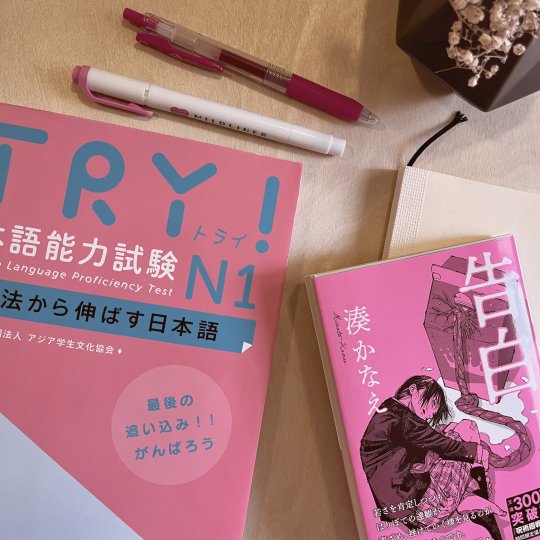

告白 - 5/5 ⭐
#There is English translation of it if you are interested#japanese#japanese language#learning japanese#learn japanese#japanese book#日本語#jlpt#にほんご#japan#jlpt n1#japanese books#japanese novel#favorite books#booklr#books & libraries
24 notes
·
View notes
Text
• 自棄 「やけ」 - (usually kana only) (See 自棄になる) desperation, despair, self-abandonment
• 棄却 「ききゃく」 - rejection, dismissal, turning down, abandoning, renunciation
• 破棄 「はき」 - 1. tearing up and discarding (e.g. documents), disposal (e.g. weaponry), destruction 2. annulment, cancellation, abrogation, voiding, breaking (e.g. treaty) 3. reversal (of an original ruling)
• 放棄 「ほうき」 - abandonment, renunciation, resignation, abdication (responsibility, right)
• 棄権 「きけん」 - abstention (from voting), renunciation (of a right), withdrawal (from a contest)
• 廃棄 「はいき」 - 1. disposal, abandonment, scrapping, discarding, abolition 2. annulment, cancellation, abrogation, repeal
• 遺棄 「いき」 - abandonment, desertion
#japanese#langblr#japanese vocabulary#language blog#japanese kanji study by chase colburn#step-by-step kanji#japanese language#japanese vocab#jlpt n1#kanji
51 notes
·
View notes
Text

2. 【随時更新】ハワイ山火事 55人死亡 “不明者の救助に全力” Pt.1
This article can be accessed from the linked title above. It contains vocabulary for the first section of the article as it's a long article.
I am sure everyone has heard about the horrible fires in Maui. It is incredibly devastating. Here are some resources if you would like to help out from afar:
Food bank
Humane Society
For Children
For Women
Maui Strong Fund
#efurutravel#japanese studyblr#langblr#studyblr#japanese study#japanese langblr#jlpt n1#japanese#learn japanese#maui hawaii#maui fires
16 notes
·
View notes